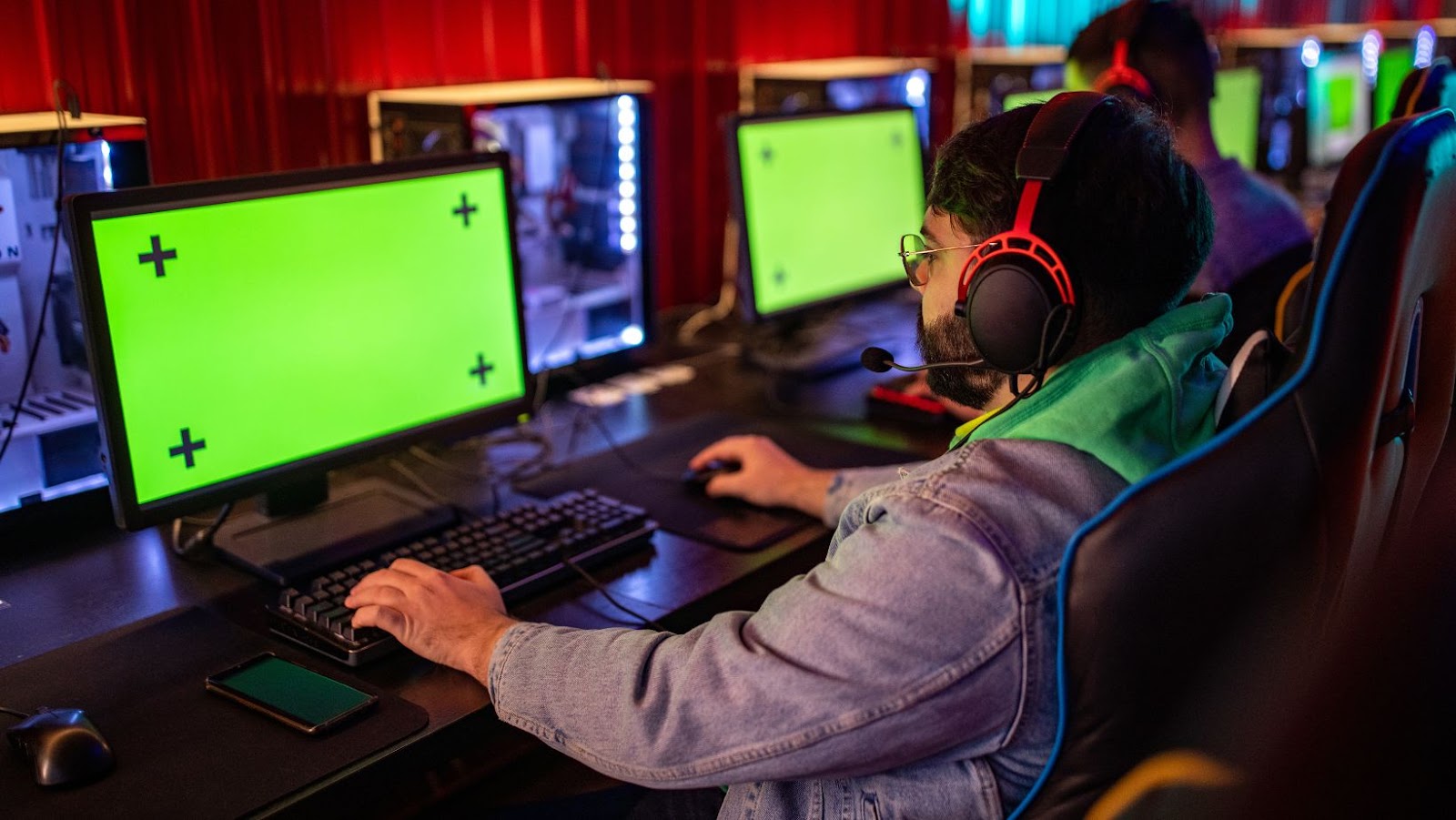As the digital age advances, the world of esports continues to grow at a staggering pace. The thrill of virtual competition attracts millions worldwide, turning what was once a hobby into a profession for many. But with great reward comes inherent risk. That’s where esports insurance steps in.
Esports insurance, often overlooked, is a crucial safeguard for both players and organizations. It’s not just about protecting expensive equipment; it’s about securing a livelihood. Whether you’re a seasoned gamer or an industry tycoon, understanding the ins and outs of esports insurance can spell the difference between game over and leveling up.
Esports Insurance
Elucidating esports insurance becomes quintessential in a now-professional and fast-paced esports industry. This section unveils what esports insurance is and elaborates on its increasing importance.
Esports insurance represents a specific type of insurance policy designed to protect esports players, teams, and organizations. More than just covering the expensive gaming equipment, esports insurance incorporates broad coverage. That comprises protection against fiscal losses from various potential threats: faulty event organization, player injuries, and even venue damage.
 Why It’s Becoming Essential
Why It’s Becoming Essential
Esports insurance has emerged as an essential component in the digitally-driven esports sector. Increasingly more players enter the industry as professionals, exposing themselves and their organizations to numerous financial risks. Here lies its worth.
Firstly, the robust growth of esports not only elevates potential earnings but also escalates associated risks. For instance, a damaged gaming PC during a global championship could spell disastrous losses. Esports insurance mitigates this risk, ensuring business continuity for players and organizations alike.
Secondly, players now monetize their skills, making them an asset to organizations. Suppose a player suffers an injury impeding his performance. In such a case, the financial implications could be substantial. By having esports insurance, organizations can cover these unexpected costs and protect their human assets.
Lastly, esports events often require high-tech venues. Any damage or disruption at such venues could result in high repair costs or revenue losses from event cancellations. Esports insurance offers protection in these scenarios, safeguarding organizations from hefty financial pitfalls.
 Core Coverage Areas of Esports Insurance
Core Coverage Areas of Esports Insurance
To fully grasp the impact of esports insurance, one needs to consider its core coverage areas. This coverage, which is crucial for players, teams, and organizations, typically includes player injury and health insurance, event liability coverage, and equipment and technology protection.
Player Injury and Health Insurance
Esports insurance places a great emphasis on player injury and health coverage. This component underscores the importance of safeguarding players, the principal human assets in the esports industry. Such coverage assists in the unforeseen downtime, medical expenses, and recovery processes. Covering physical injuries, it accounts for any impairments suffered during training sessions or competitions. Additionally, it covers health issues related to the stress and psychological pressure that professional players often encounter. For example, a professional player suffering from carpal tunnel syndrome may use their insurance for treatment costs.
 Event Liability Coverage
Event Liability Coverage
Another pivotal point of esports insurance is event liability coverage. Due to the staging of large-scale events in physical venues, there’s the potential risk of incident-induced damages. These could be injuries to spectators, venue damage, or even situations related to a breach of contracts. As such, event liability coverage aims to protect organizations against legal claims or damages associated with these incidents. For instance, a scenario where a spectator gets hurt at an event due to equipment failure, the event liability coverage comes to the rescue.
Equipment and Technology Protection
The last but certainly not least is coverage for equipment and technology protection. In the realm of esports, sophisticated pieces of technology such as gaming consoles, computers, and augmented reality gear play a central role. With these devices being costly, equipment coverage insures against damage, theft, or loss of vital technology. This guarantees that teams can replace or repair such items quickly and continue operating without prolonged downtime. For example, if a team’s gaming console gets damaged during transport, this aspect of the insurance would cover the replacement costs.